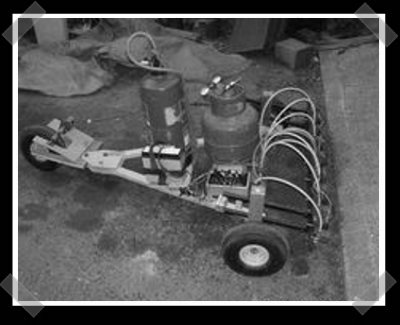
Most people make LEDs light up for their first microcontroller project. [Alex] built a “large scale dot matrix printer.” This beast is a PIC controlled ground graffiti machine. As it rolls across the ground it deposits strategically located bits of spray paint. Rather than use actual spray paint, he opted for a set of solenoid controlled nozzles that shoot the paint downward.
Month: May 2008
IControlpad, IPhone Gamepad
[CraigX] has been dabbling in iPhone accessories lately by adding a gamepad. Called the iControlpad it surrounds the iPhone making it look very PSP like. As anyone who has jailbroken and installed emulators probably knows, without feedback the touch screen based buttons are less than great.
The unit is currently a prototype however there are plans to produce and sell the units. They have received support from Zodttd, an organization that has created iPhone apps like snes4iphone and genesis4iphone. The developers also state they’ll provide source and SDK support. The sparse development blog announces their success using a hacked up SNES controller over the docks serial connector, but they provide absolutely no details.
[via Engadget]
The Chief Cook Robot
We feel the need to apologize immediately for the use of Yakkity Sax in the preceding video and recommend you watch the longer, yak free, video below. It shows researchers at the Learning Algorithms and Systems Laboratory teaching a robot how to make a ham and cheese omelet. Each working area and food item is labeled with a machine recognizable tag. The researcher demonstrates the task by guiding the robot’s hand. The robot combines multiple demonstrations to generalize the skill. It can then adapt the learned skill to the specific task. You can see this in the video when the robot adjusts to the location of the bowl and cutting board when they’re moved around. Teaching through demonstration would make the use of robotics much easier for the general population.
Biggest Drawing In The World Created With GPS
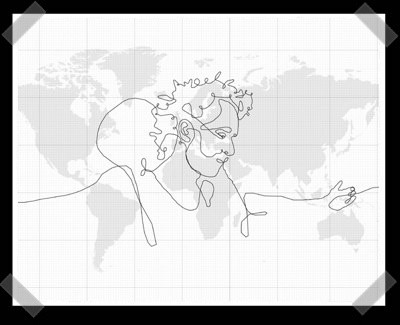
UPDATE: The text: “This is fictional work. DHL did not transport the GPS at any time” has been added to the bottom of the page since the original posting.
Artist [Erik Nordenankar] has created the Biggest Drawing In The World. At least that’s what his URL says. He used the movement of a GPS device to create a giant single line self portrait on the globe. His Pelican case containing four large batteries and the GPS data logger was handed off DHL with very specific travel instructions for its 55 day journey. It’s a pretty amazing feat, but we really wish the case had managed to make the trip without the close watch shown in the video.
Continue reading “Biggest Drawing In The World Created With GPS”
The Best CNC Project Machines
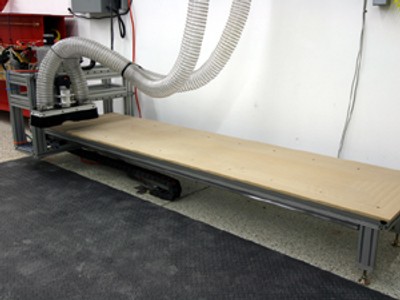
We’ve lost track of the number of home built CNC machines we’ve covered in the past, but we thought a comprehensive list of the best would help you understand why we’re so excited about the LumenLab CNC machine.
Google Android Application Challenge Winners
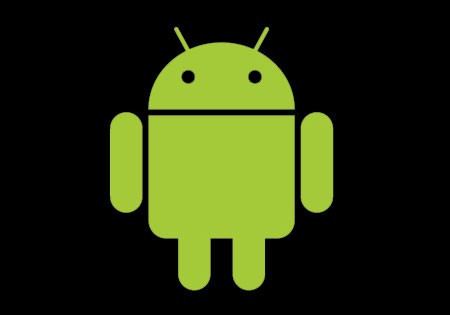
We browsed through the list and found a lot of social this and family that; nothing overly exciting honestly. There were a few interesting application ideas in there though:
- BioWallet – Biometric authentication system that uses iris identification.
- Talkplay – Video and voice message system, see and talk to your friends while on the go.
- Writing Pad – A unique way to enter text into your phone where common words are replaced by simple strokes.
The Android platform will probably cause the largest adoption of Linux based cellphones yet. We can’t wait to see what the homebrew community does with the platform and so much development for an unlaunched phone is amazing. Apple seems to go out of their way to lock us out, where this platform couldn’t be more open. With 3G support, WiFi, SQlite, Virtual Machines, GPS and much more what’s not to like.
Have any of you experimented with the Android SDK?
[via LinuxDevices]
Haptic Feedback Roundup
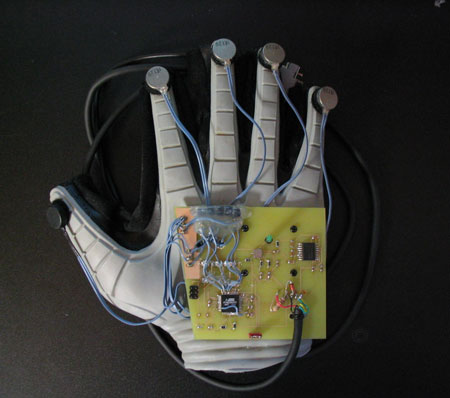
While we don’t see this coming to your local megaplex any time soon, we are starting to see the technology creep into our lives. After the break lets take a look at some examples, talk about projects we’ve covered before, and how you can get started developing your own.









